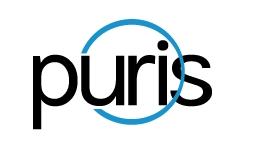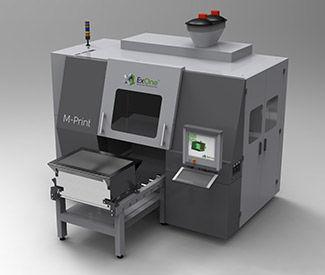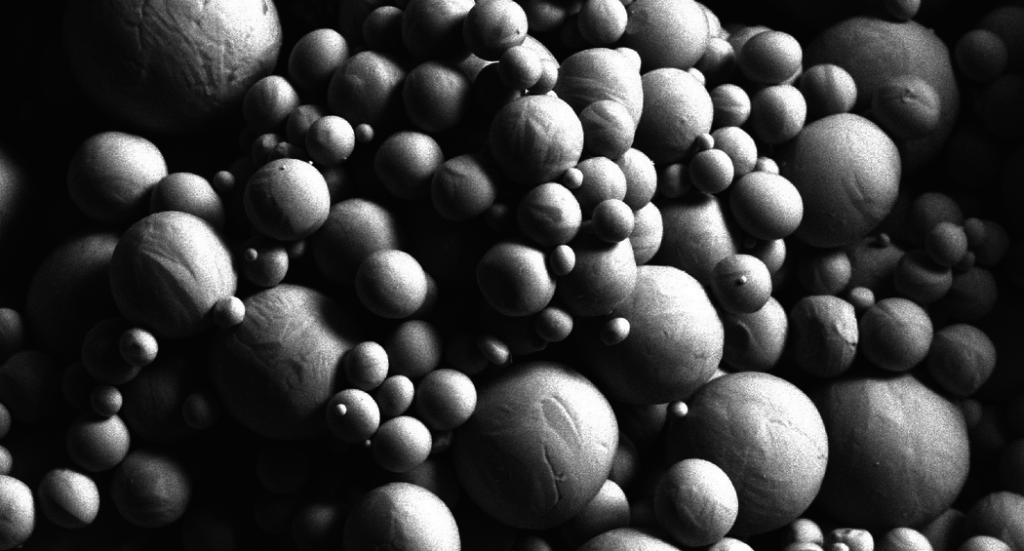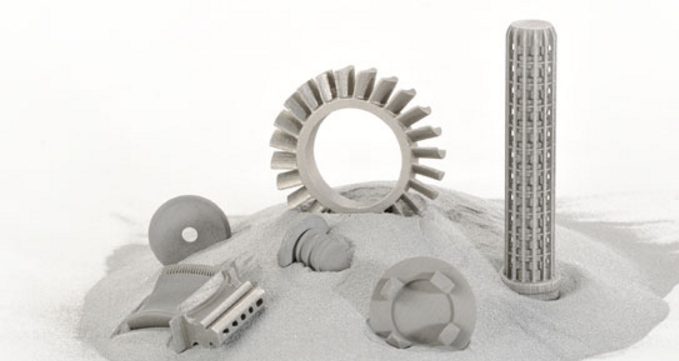 It’s certainly not uncommon in the 3D printing industry–or other sectors that are reaping the rewards of its uses–to hear that history is being made again. From the technology itself that is constantly expanding to countless innovations we learn about nearly every day, the term ‘groundbreaking’ is being redefined continually.
It’s certainly not uncommon in the 3D printing industry–or other sectors that are reaping the rewards of its uses–to hear that history is being made again. From the technology itself that is constantly expanding to countless innovations we learn about nearly every day, the term ‘groundbreaking’ is being redefined continually.
Expansion would definitely be a good word to describe what companies like Puris are involved in regarding metal 3D printing, and this has been their mission since their inception not too long ago–as they arrived directly onto the scene as one of the only producers of titanium powder in the world. And now, for anyone who might still be doubting what the 3D printer can do in terms of size, they may want to check out the kind of history just being made over at Puris, with the largest complex titanium part for commercial use having just been 3D printed.
 Headquartered in Bruceton Mills, West Virginia, Puris is identified as one of the leading global producers of titanium powder meant for 3D printing with metal. They also produce other pre-alloyed powders, and employ some of the best minds in metallurgy, considering their team to be ‘pioneers in the evolution of spherical titanium powder atomization.’
Headquartered in Bruceton Mills, West Virginia, Puris is identified as one of the leading global producers of titanium powder meant for 3D printing with metal. They also produce other pre-alloyed powders, and employ some of the best minds in metallurgy, considering their team to be ‘pioneers in the evolution of spherical titanium powder atomization.’
“There is a lot of activity in this arena and larger parts have been printed, but we believe this is the largest complex titanium part to be printed to date,” Puris’ CEO Craig Kirsch said. “The milestone was achieved by the combination of our team’s deep metallurgical and powder-production expertise and ExOne binder-jetting technology. It is significant that the part was processed to full density and printed safely using affordable, available powder.”
This enormous titanium part measures around 19” x 19” x 11” and has a cross-section thickness of 0.375-inch. It weighs approximately 31 pounds, according to Puris, whose biggest question following the feat is: what now?
“We are actively working on a number of development programs with other customers interested in bringing large, 3D-printed parts into the additive manufacturing mainstream. Size is currently constrained only by the printer box itself, which presents advancement opportunities for ExOne to develop larger direct-printing machines,” Kirsch said. “The current ExOne M-Print print box is 32” x 20” x 16”.”
Under the direction of the Puris metallurgy team, this large component was produced at their Bruceton Mills plant specifically for an aerospace customer, using the M-Print 3D printer, manufactured by ExOne, well known as a global provider of 3D printing machines, 3D printed products, materials, and services to industrial customers, provided through its nine PSCs, which are located in the United States, Germany, Italy, Sweden and Japan.
 Due to ExOne’s binder-jetting technology, they were able to print the part at room temperature, as well as avoid residual stress buildup and the chemical and microstructural changes that are often associated with other metal 3D printing technologies. According to Kirsch, these aspects are all critical to fabricating the commercial parts.
Due to ExOne’s binder-jetting technology, they were able to print the part at room temperature, as well as avoid residual stress buildup and the chemical and microstructural changes that are often associated with other metal 3D printing technologies. According to Kirsch, these aspects are all critical to fabricating the commercial parts.
Puris has printed large parts using Inconel alloy powder as well, and is able to print with other high-performance alloys. Kirsch states on their website that they are a ‘true national asset,’ due to the expert metallurgists on stuff who are busy creating innovative technology and processes for high quality metal powder to be used in the aerospace, automotive, healthcare and oil and gas industrie
On Tuesday, January 26th at 2 pm EST, Puris will be hosting a webinar to reveal more details about the process of creating this large titanium part, with Puris and AM&P editor Frances Richard in a live chat. Ahead of that, Puris has this to say about the creation of the part, nicknamed ‘Big Ben’:
“In analyzing technology requirements for Big Ben Puris considered the inherent limitations of the various technologies. When heat is applied to titanium powder it can change its chemical properties — for example, increasing the oxygen content or “burning off” aluminum. Binder-jetting technology prints at room temperature, which preserves the chemical property requirements for Big Ben. Big Ben also required a high-strength microstructure. Heat can affect certain physical properties like microstructure, whereas binderjetting does not.
“A final reason Puris leveraged binderjetting for Big Ben was the elimination of residual stress that can build up with larger parts when using melting technologies. Eliminating stress buildup significantly reduced the time necessary to print Big Ben. Machine time is expensive and the reduction in printing time reduced cost and improved the turn around time. Puris was intentional in seeking a scalable process.”
What are your thoughts on other uses for large metal components like ‘Big Ben?’ Discuss in the Largest Titanium 3D Printed Part forum over at 3DPB.com.
Subscribe to Our Email Newsletter
Stay up-to-date on all the latest news from the 3D printing industry and receive information and offers from third party vendors.
You May Also Like
3D Printing Financials: Fathom Struggles in Financial Quicksand During Critical Transition
Facing a year of key transitions and financial pressures, Fathom (Nasdaq: FTHM) has filed its annual report for 2023 with the U.S. Securities and Exchange Commission (SEC). The document outlines...
Latest Earnings Overview for Australian 3D Printing Firms Titomic and AML3D
Australian 3D printing manufacturing firms Titomic (ASX: TTT) and AML3D (ASX: AL3) reported their financial results for the period from July to December 2023, marking the first half of their...
3D Printing Webinar and Event Roundup: April 7, 2024
Webinars and events in the 3D printing industry are picking back up this week! Sea-Air-Space is coming to Maryland, and SAE International is sponsoring a 3D Systems webinar about 3D...
3D Printing Financials: Unpacking Farsoon and BLT’s 2023 Performance
In the Chinese 3D printing industry, two companies, Farsoon (SHA: 688433) and Bright Laser Technologies, or BLT (SHA: 688333), have recently unveiled their full-year earnings for 2023. Farsoon reported increases...
































